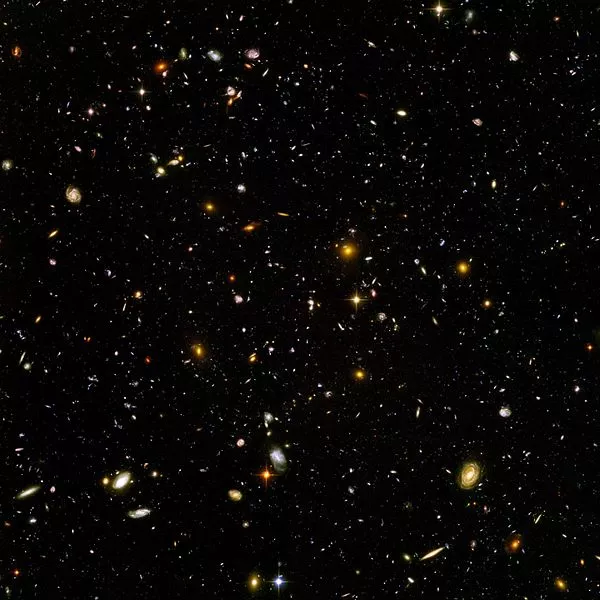According to slashgear, the "Horizon theory" plot may not be reasonable, but the universe may be "much smoother" than you think. Einstein's general theory of relativity supports the idea of a geometrically flat, infinite universe, which states that the speed of light is constant no matter how distorted space-time is due to the gravity of stars or black holes. This is also the most significant, because the total amount of "universe" is defined by an event horizon -- a boundary where no light can pass through -- and it continues to expand in all directions at a speed significantly faster than the speed of light**

According to Texas a& According to a blog post by Dr. Christopher S. Baird of M University, what we can actually observe is also increasing steadily. Although it is the speed of light, compared with the expansion speed of the horizon of the above cosmic events, the speed of light is limited. Space points out that the speed of light in vacuum is 299792458 M / s. If all this sounds confusing, it is because the observed universe (with a radius of about 45billion light-years) is expanding at a different rate than the universe itself, and scientists are still trying to quantify or conceptualize it as a geometric entity. The edge of the universe is defined by something called the "particle horizon", which is similar to the event horizon of a black hole, although it is inverted. But it is important to understand that the "edge" of the universe does not exist as you think.
The universe has no real edge
You might think that the "edge" of the universe is a point where you can turn around and see an enlarged view of everything - every galaxy, every planet, every star, and so on. But this may not be the right way to deal with this concept. At least according to space, it explains that even if you catch up with the edge, there is only more universe. The theory shows that this is not necessarily a problem that can be solved by imagining the whole universe as some form of celestial body or observation point; It's just that.
In addition, as the universe expands (which also happens faster than the speed of light), the distance between celestial bodies in space will also expand. The entire galaxy may be moving away from our own space-time points faster than the speed of light. Therefore, the relevant question may not actually be "what happened at the edge of the universe?", But "what is beyond our observable universe?"- As the astrophysicists at the University of Lyon put it in 2021, this is just more universe.